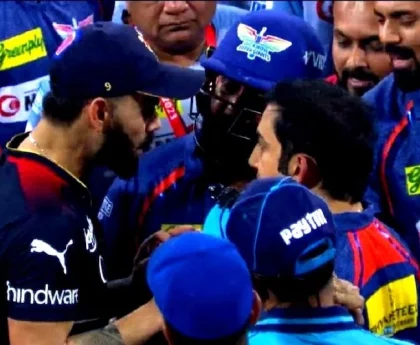On May 6, 2023, a tourist boat accident in Malappuram district claimed the lives of 22 people. In response, the Kerala government has taken decisive action by constituting a three-member judicial commission to investigate the incident. This article will explore the details of the commission and the tragedy itself, including the causes and consequences.
- What is the Judicial Commission?
- What Prompted the Formation of the Commission?
- What Happened in the Boat Tragedy?
- What is the Significance of the Commission’s Technical Experts?
- What Other Actions Has the Government Taken?
- What Can We Expect from the Commission’s Investigation?
- What Can We Learn from This Tragedy?
- How Can Similar Tragedies Be Prevented in the Future?
- Conclusion
- FAQs
What is the Judicial Commission?
The three-member judicial commission is headed by retired high court judge VK Mohanan, with technical experts Neelakandan Unni and Suresh Kumar as members. The commission has been tasked with investigating the boat accident and providing a report of its findings.
What Prompted the Formation of the Commission?
The decision to constitute the panel was taken by the state cabinet meeting chaired by Chief Minister Pinarayi Vijayan on May 10, 2023. After visiting the victims in the hospitals in Malappuram on Monday, the Chief Minister had announced a judicial inquiry into the matter and a compensation of ₹10 lakh to the families of each of those who died in the accident.
What Happened in the Boat Tragedy?
On May 6, 2023, a boat carrying around 37 people capsized near an estuary close to the Thoovaltheeram beach in the Tanur area Sunday evening. The tragedy claimed the lives of 22 people, while several others were injured. The incident has brought to light the safety concerns surrounding tourism activities in Kerala.
What is the Significance of the Commission’s Technical Experts?
The technical experts appointed to the commission, Neelakandan Unni and Suresh Kumar, possess a wealth of experience and knowledge in the field of inland waterways and infrastructure. Their expertise will play a crucial role in the investigation and identification of the causes that led to the tragedy.
What Other Actions Has the Government Taken?
Apart from constituting the judicial commission, the Cabinet meeting also decided to bear the medical expenses of the injured for further treatment. Furthermore, ₹25 lakh was sanctioned for the medical expenses of the injured and rescue operations.
What Can We Expect from the Commission’s Investigation?
The judicial commission’s investigation is expected to uncover the underlying causes of the boat tragedy, including the negligence and lapses in safety measures, if any. Its report will serve as a guide for policymakers to formulate and implement measures to prevent such incidents from occurring in the future.
What Can We Learn from This Tragedy?
The boat tragedy in Kerala highlights the need for strict adherence to safety measures and regulations, especially in the tourism industry. The incident underscores the importance of regular safety audits and inspections to prevent accidents and ensure the safety of tourists and locals alike.
How Can Similar Tragedies Be Prevented in the Future?
To prevent such tragedies from occurring in the future, the government needs to ensure that safety measures are in place and strictly enforced. This includes proper training and certification of operators, regular safety audits, and inspections of boats and infrastructure. Tourists also have a role to play by choosing licensed and certified operators and ensuring that safety measures are in place before embarking on any activity.
Conclusion
The boat tragedy in Kerala has claimed the lives of 22 people, and its causes and consequences are being investigated by a three-member judicial commission. The government’s swift action in constituting the commission and providing relief measures for the victims is commendable. However, it is imperative that policymakers take proactive measures to prevent such incidents from occurring in the future.
FAQs
What is the role of the judicial commission in the boat tragedy investigation?
The judicial commission is tasked with investigating the boat accident and providing a report of its findings.
Who are the technical experts appointed



